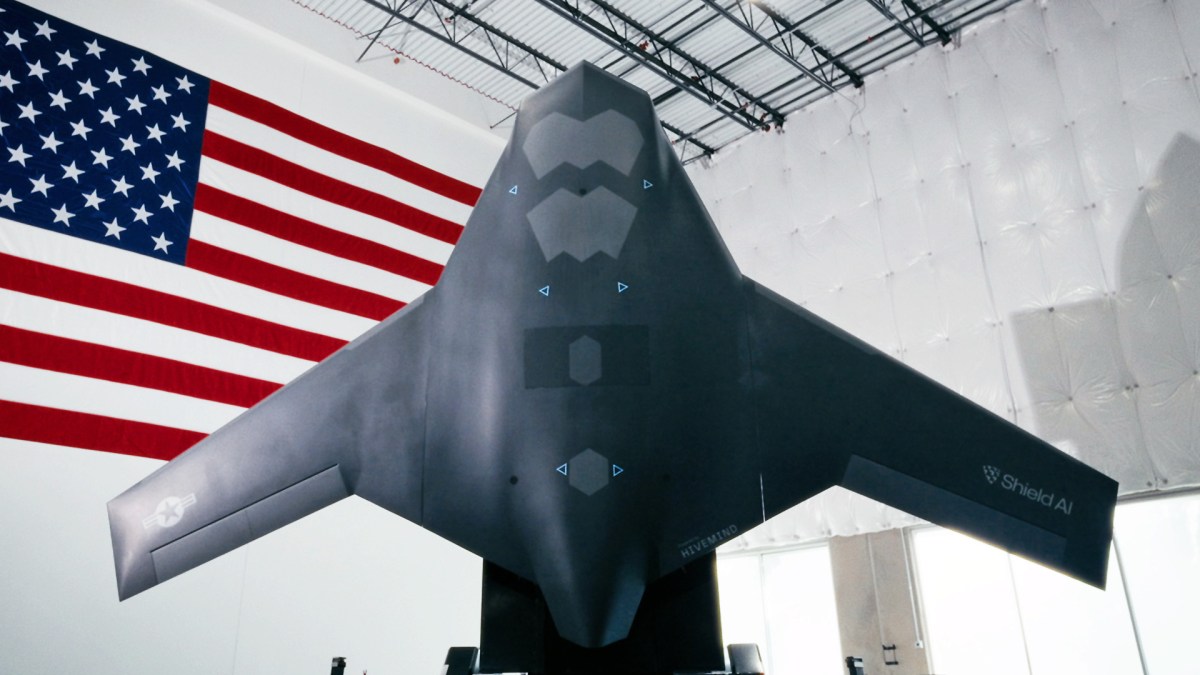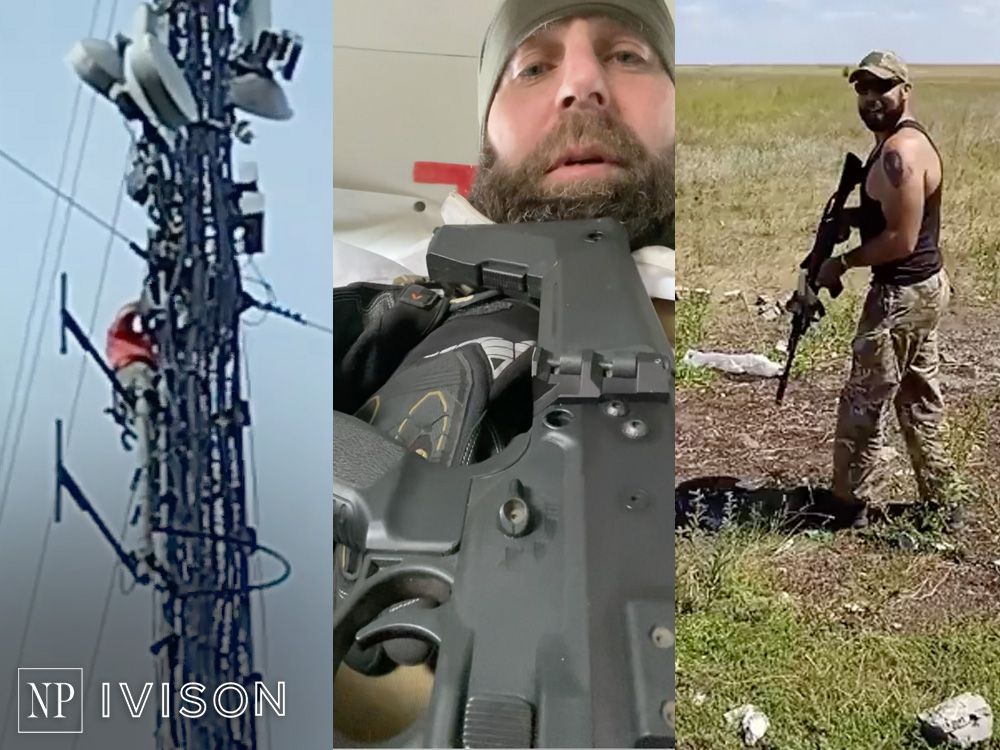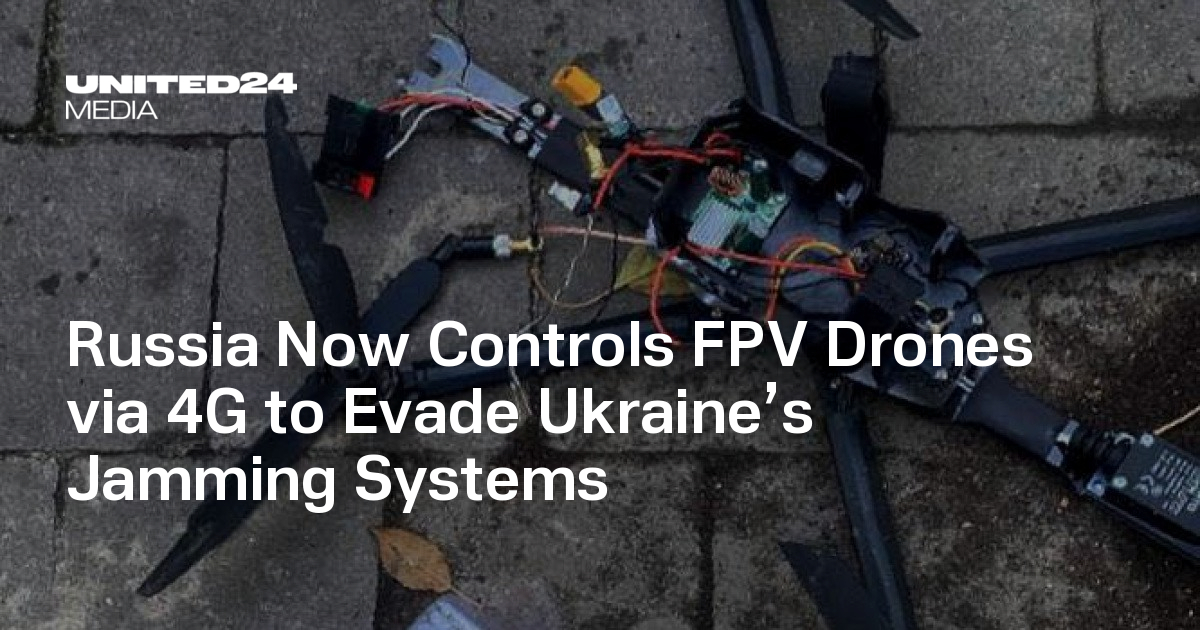No room for the infanteer.....
the war has changed in the past three-and-a-half years, since the time he sent back video of him guiding mortar fire from a hide 600 metres away from the Russian lines.
“The fast progression of this war was unreal. It started with (the Russians being in the) next building beside you, close quarters combat. The next time I went back, there were a few drones for reconnaissance and they were armed. And then all of sudden I came back after that and joined the Vendetta group (59th brigade, 10th battalion Ukrainian Army). And when I got there, the place was littered with $400 drones with IEDs (improvised explosive devices) on them.
“The progression has gone so fast, you now have a $400 drone with an AI tech guidance system that can see up from 12 to 20 kilometres away, so you can’t really hide. There are drones that can see you from 20 kilometres away, that can zoom in on a frog through a tree. It’s now become a real chess match. The advancement in technology, the advancement in drone warfare, means there is no front line anymore. You go to the front lines, you go there to draw fire or unfortunately to die,” he said.
Ivison said he remembered the video footage of Challice and his comrades fighting in huge drainage ditches in the fields of south Ukraine.
Challice said that is a thing of the past. “There is no more close combat. Like I said, there’s no room for a soldier anymore that’s combat-trained. Now, there’s 20-year-old kids that are sitting 15 kilometres away in a hole with 300 drones, and they just send one up after the other, after the other (while) in their boxers eating chips.”
Challice said he’s become a decent drone pilot.
“I did a lot of drone training with the Ukrainian military in my time off, so I was able to kind of pick it up pretty easy with the (quadrocopters). The (drone pilots) were flying our reconnaissance drone and they found a bunch of Russians and they let me take the wheel and I did what I had to do. It’s war (but) it’s changed and nobody’s ready for this.”
The change has been a great leveller for Ukraine, which instead of using $250,000 a missile Javelins to take out a tank, now does the same job with a $400 drone.
“It’s very good news. They mass produce these things. I’ve been in drone factories from Zaporizhzhia to Kharkiv, to even just north of Pokrovsk, and I’m not talking tens, there’s tens of thousands being built in these places. If one goes down, they send five more up.
“It’s become a cost-effective war. These big defence contractors like Lockheed Martin, Bombardier, they’ve got these big ticket items, but now, like you said, I can shoot a tank with a Javelin fire-and-forget $250,000 missile or I can hit them with a $400 drone with an IED on it that does the same thing. It’s completely changed the face of warfare.”
John Ivison talks to Canadian Forces veteran James Challice about his repeated trips to Ukraine to fight against the Russian invasion.

nationalpost.com



 www.twz.com
www.twz.com









